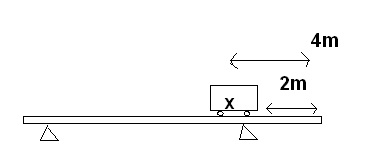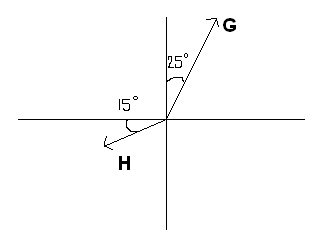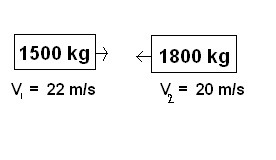Assignment:
Question 1. Conversion factors: A Joule is the MKS unit for energy; the cgs (centimeter- gram-second) unit of energy is the erg. I have started the conversion from Joules to ergs for you. Write down conversion factors and convert the following MKS units to cgs units to find how many ergs in a Joule.
1 Joule = 1 N m = 1 kg m^2 / s^2
Question 2. What is the difference between mass and weight? Discuss the units of each quantity, what each physically measures and the relationship between the two.
Question 3. A 0.2 kg solid sphere is released from rest at the top of an inclined plane. Sketch a force diagram
*side one = 1.2 meters side two = 5 meters

b) Suppose the friction force acting on the sphere is zero, the sphere will slide down the plane without rolling. What will be the speed of the sphere at the bottom of the plane?
c) Suppose there is a friction force acting on the sphere so the sphere rolls down the plane. What is its speed at the bottom of the plane?
d) What is the value of the friction force?
Question 4. A metal beam is 10 meters long, has a mass of 10,000 kg and has a 700 kg piano sitting at the position indicated in the diagram. Find the forces acting on the two supporters.

Question 5. You are standing on the ground and throw a baseball with initial velocity Vo = 40 m/s at an angle of 25 degrees to the horizontal.
a) What are the x and y components of the initial velocity?
b) At what times will the ball be 8 m above the initial height?
c) What is the maximum height of the ball above its initial height?
d) What is the speed of the ball two seconds after being released?
Question 6. You are flying an airplane at an air velocity given by vector G, the wind is blowing with a velocity H. Draw the vector corresponding to your velocity with respect to the ground, F = G + H.
b) G has a magnitude of 120 km/hr while H has a magnitude of 40 km/hr. What is the magnitude of F?

Question 7. The CSS Hunley is made of 3400 kg of steel. What is the volume of the steel?
b) How much does the submarine weight under seawater if it is completely filled with sea water?
c) The submarine was found under 60 feet of seawater, what force would the seawater exert on a 50 cm diameter hatch before the sub was filled with seawater?
Question 8. Two solid fuel boosters on the space shuttle produce total thrusts of 26 meganewtons; the fully loaded shuttle has a mass of 2 x 10^6 kg. Sketch a force diagram for the shuttle after it is off the launch pad while the boosters are producing their maximum thrust.
b) What is the acceleration of the shuttle while the boosters are firing?
Question 9. If you are standing on the equator of the Earth, what is your centripetal acceleration due to the Earth’s rotation about its axis?
Question 10. Two automobiles collide head-on, their masses and initial velocities are given in the diagram below. What is their speed immediately after the collision if they become locked together and slide off with a common velocity?
b) How much kinetic energy is lost in this collision?

Question 11. Why is the moment of inertia of a hoop of mass M and radius R greater than that of a disk having the same mass and radius?
b) Which could win a race to the bottom of an incline? Why?
Question 12. A ball is thrown straight up. For which situation is both the instantaneous velocity and the acceleration zero?
A) on the way up
B) at the top
C) on the way back down
D) none of the above
Question 13. A freely falling object near the surface of the earth has a downward velocity of
A) zero
B) 4.9 m/s
C) 9.8 m/s
D) Can be any value